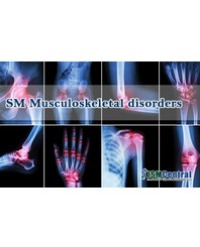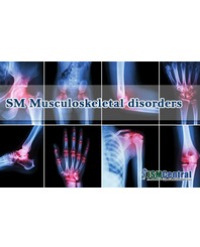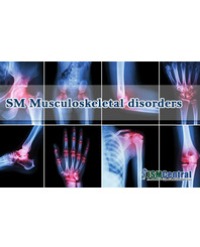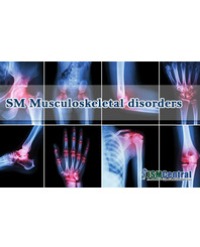
Cut off Values of Median Nerve Dimensions in Carpal Tunnel Syndrome in Egyptian Population. Sonographic Comparison with Normative Values
Objective:
To assess the usefulness of superficial ultrasonography of median nerve in accurate differentiation between neuropathic nerve and normal nerve measurement in Egyptian population.
Material and Methods:
The study was conducted on thirty patients with CTS; twelve males and eighteen females with mean age 43.93±4.51 (range 35-52y), and another thirty normal subjects; fifteen males and fifteen females, with their mean age 36.7±4.86 (range 29-45y). The Cross Sectional Area (CSA) and Flattening Ratio (FR) at different levels on both groups. Data from the study and control groups were compared. The accuracy of the ultrasonographic diagnostic criteria for CTS was evaluated using Receiver Operating Characteristic (ROC) analysis.
Results:
All measurements showed significant differences between CTS and normal groups except the CSA at pronator quadrates. Using the ROC curve, a cutoff value of CSA >10 mm2 at the level of pisiform and CSA difference > 1 between pisiform and pronator quadrates provided a 100% specificity and high overall diagnostic accuracy 98.89%.
Conclusion:
The sonographic cutoff values of the median nerve dimensions in Egyptian population could yield an accurate differentiation between neuropathic and normal median nerve.
Mohammad Fouad Abdel Baki Allam¹, Ahmad Fouad Abdel Baki Allam² and Mostafa Mohamed Mostafa Elian¹*




